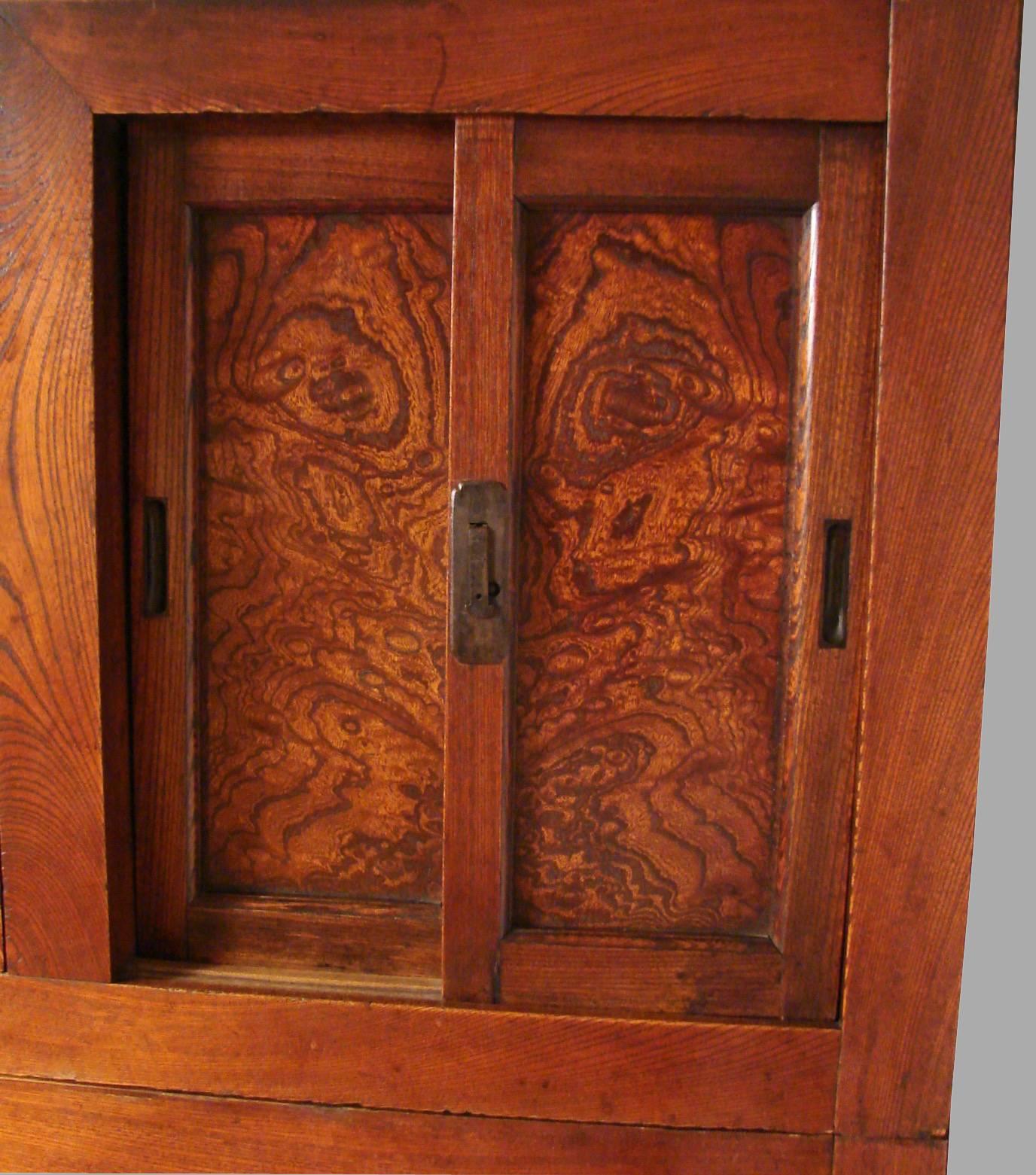

The Suzunoya (House of Bells) - a restoration of Norinaga's house and study. Motoori Norinaga (1730-1801) was the leading scholar of his generation, and a poet, and the museum houses the 44 volume "Kojiki den", a commentary on Japan's oldest history book, the Kojiki, that took Motoori 35 years to complete. The pleasant castle grounds now contain the Motoori Norinaga Memorial Museum (Tel: 0admission 400 yen).


Originally the castle's keep ( donjon) had three storeys and a separate armory. Located on a hill south west of Matsusaka Station, the castle dates from 1588 when it was constructed by daimyo Ujisato Gamo - a noted man of culture who later converted to Christianity. Matsusaka Castle now lies in ruins except for its impressive stone walls, but the site, now known as Matsusaka Park, provides fine views of the town below, has a number of interesting museums in the castle park, and cherry-blossom and wisteria blooms when in season. Matsusaka Castle walls, Mie Prefecture Matsusaka Castle Ruins This combined with the traditional indigo-dyed goods still on offer in stores, Matsusaka's famous beef, the castles ruins, an interesting museum - and the town's easy accessibility from Osaka or Nagoya - make Matsusaka a worthwhile day-trip or half-day trip. Matsusaka retains many of its Edo-period merchant houses, still intact. A number of merchants from Matsusaka were the millionaires of their day, including the founder of the Mitsui Group. Matsusaka kimonos became popular in the city of Edo (present-day Tokyo) and many merchants opened stores in Edo, Osaka and Kyoto selling their wares. Matsusaka prospered in the Edo period (1600-1868) mainly as a production center for high-quality indigo-dyed cotton, featuring a distinctive striped-pattern that originally came from Vietnam. Traditionally a merchant town in the Edo era, Matsusaka does not feature in most guide books but has much to see and do. Matsusaka is a castle town in Mie Prefecture on the east coast of the Kii Peninsula.


 0 kommentar(er)
0 kommentar(er)
